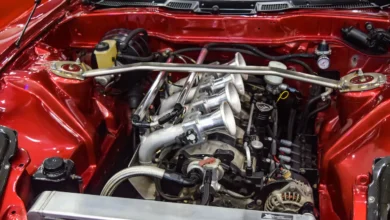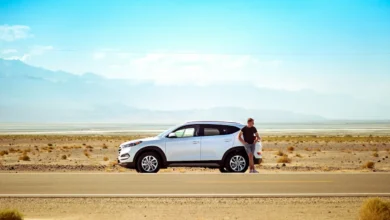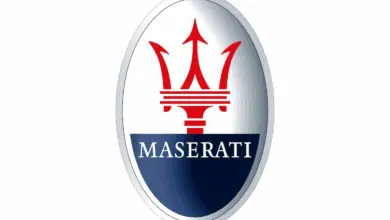History of BMW Australia
The History of BMW
BMW’s reputation and current fame as one of the world’s greatest automakers can be attributed to the models it has produced over the past two decades. However, its history stretches back nearly 90 years. It contains many achievements that have made the marque a benchmark.
BMW traces its roots back to 1913 when Karl Friedrich Rapp founded Rapp Motoren Werke, a Bavarian engineer who was well-known in an aircraft company in Germany. Rapp Motoren Werke specialized in aeroplane engine design, but Rapp discovered that the engines were problematic, and had excessive vibration. Gustav Otto also a specialist in aeroplanes, opened his own Gustav Flugmaschinefabrik to build small aircraft.
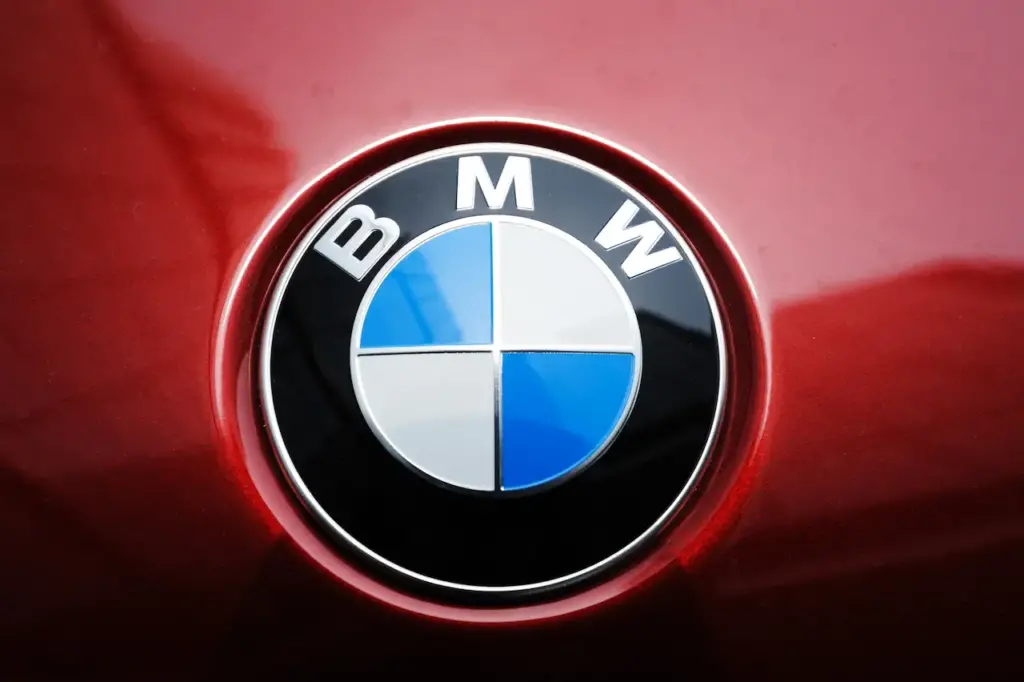
Rapp Motoren Werke, due to the defective engines, secured a license with Austro-Daimler to manufacture V12 Aero engines. Rapp Motoren Werke expanded too rapidly, but by 1916, he resigned due to financial problems. Franz Josef Popp, a German, and Max Friz (an Austrian) took his place. Rapp Motoren Werke and Gustav Flugmaschinefabrik merged in March of the same year to form Bayerische Flugzeungwerke. The company was renamed Bayerische Motoren Werke, or BMW shortly after.
BMW produced its first aircraft engine, the Type IIIa, in 1917. Franz Zeno Diemer 1919 set an altitude of 32,013 feet using an aircraft powered by the successor to the Type IV. In 1919, after the Treaty of Versailles, which prohibited BMW from building aircraft engines was signed, production shifted to air brakes used on railway cars. In 1922, when BMW began building aircraft engines again, 29 aviation world records were broken. In 1920, the current BMW logo was designed using a circular propeller.
In 1923, the first BMW motorcycle was produced at the newly built Eisenach factory, located next to Munich’s airport. The R 32 had a transversely mounted flat-twin engine producing 8.5 horsepower when cranked at 3300 revs. The 2-cylinder 494cc bike could reach speeds of up to 59 mph. BMW produced 3090 during the 3 years.
The BMW automobile was born in 1928. The Dixi 3/15PS, produced at the Eisenbach plant, marked the start of BMW automobile manufacturing. The car was produced under license by Austin, and it was almost identical to the US Bantam or Japanese Datsun. The first Dixis had an open roof and a 4-cylinder 743cc engine that produced 15 horsepower. The top speed was around 50 mph. In 1929, a new version, the DA2, was introduced, which featured an all-steel chassis and four-wheel brakes. The Dixi won its first motor racing races in 1930. Total production: 18,976 vehicles.
The BMW AM 4 (Ausfuhrung munchen 4 Gange, or Munich Version 4 Speeds), also known as the BMW AM 4, was introduced in 1932. BMW’s “real” first car was put into production. The AM 4, or 3/20 PS as it was also known, was BMW’s successor to the Dixis. It was also the first car produced entirely by BMW. The engine was a 782cc 4-cylinder unit with suspended valves. A double chain drove the camshafts. It produced 20 horsepower at 3500rpm, giving the saloon a top speed of 50mph.
Next year, the 303 saloons were introduced and BMW launched its first inline-six-cylinder engine. This configuration is still BMW’s standard choice in modern cars. The 303 is also the first BMW with twin kidney-shaped radiator grilles. The 303 set a new standard in technology with its welded steel tubular frame, independent suspension at the front and rack-and-pinion steering. The 1173cc motor produced 30 horsepower, and the top speed was 56 mph.
The BMW 328 debuted 3 years later in 1936. BMW’s 315/1 (1934-1936) was replaced by the BMW 328, which became the company’s most popular pre-war sportscar. The 328 was originally designed for motorsports, and it won the Mille Miglia race in Italy in 1938 in its class. It quickly became popular on the road. The hood, doors, and tail were made of light alloy and an extra-light tubular frame. This resulted in a curb weight of 1830 lb. The 328 was powered by a 1971cc, inline-6-cylinder engine that had three carburettors and produced 80 horsepower at 5000 revs. This allowed it to reach a top speed of 93mph (150km/h). A total production of 462 units was made.
BMW made another record in 1935, but this time with two wheels. Ernst Henne, riding a 500cc compressor with 108 horsepower and a power-to-weight ratio of 282 lb, set the motorcycle world record in 1937 at 173.7 mph (279.5 km/h). The record stood for almost two decades.
BMW’s success was short-lived. The company was in ruins after the Second World War. The Allies had destroyed or demolished its factories and placed a ban of three years on all production in response to BMW’s production of rockets and aircraft engines during World War II. The V8-equipped 501 luxury sedan, produced in 1951, was an unwise production decision for a nation that had also been devastated by war. The 501 was not in high demand and did not meet BMW’s expectations.
BMW’s recovery began with a completely different approach. The Isetta 250, launched in 1955, was a very successful mini-car during the 1950s. The Isetta 250 was produced under license by the Italian manufacturer Iso. It had a motorcycle motor and only one door in the front. The engine was a 245cc single-cylinder unit that produced 12 horsepower at 5800 revs and had a top speed up to 85 km/h (53 mph). A total of 161,728 Isettas have been produced during its 7-year production run.
BMW introduced one of its most iconic models a couple of years after the launch of the BMW 507, despite still not having a solid financial base. BMW 507, launched in 1956, quickly gained fame. Albrecht Graf Foertz’s light-alloy 2-door soft top bodyshell, with its retractable soft roof, is timeless, as the Z8 demonstrates, which takes unmistakable cues from it. The 507 was powered by a large V8 engine with dual downdraught fuel carburettors. It produced 150 horsepower and a top speed of 124 mph (200 km/h). However, it wasn’t enough to beat its main competitor, the Mercedes 300SL. Only 252 of the instantly recognisable 507 were produced. It remains a symbol of BMW’s struggles and ultimately triumphs in the 1950s after the war.
In 1962, BMW launched the next stage in its evolution. This was the precursor to the cars that we know and love today. BMW was saved by the 1500s which was developed during the crisis in the 1950s. The 1500 was characterized by its excellent suspension, striking design and low waistline. It also had a low-slung rear lid and engine compartment. It was powered by a 1499cc four-cylinder engine that produced 80 horsepower at 5,700 rpm and had a top speed of 92 mph. During its two-year production run sales amounted to only 23,807 units; however, between all of the models in its range (1500,1600,1800,2000) production totalled 334,165 cars. The E12 was the basis for the first 5 series generation, which was launched in 1972, 10 years after these cars. Three years later, the 3 and 7 series were introduced in 1977.
BMW re-entered aircraft engine production in 1990 after forming BMW Rolls-Royce GmbH with Rolls Royce. After extensive talks regarding the sale of Rolls Royce in 1998, BMW purchased the rights to Rolls Royce’s name and logo. The transition was expected to occur in 2003. BMW purchased Rover Group PLC in 1994. In 2000, after years of losses, Rover was sold to Ford. BMW owned the rights to the Mini, and the hot hatch went on sale early in 2002.
The Z3, Z8, and all 3, 5, 7, and Motorsport models of today continue BMW’s tradition of producing excellent automobiles that place a particular emphasis on performance and style, as well as technological advances. 1992 was another year-to-be-remembered for BMW when it, for the first time, outsold Mercedes in Europe. In the future, we can only hope that the rivalry will continue between BMW Mercedes and other car manufacturers.
BMW GROUP
BMW Group’s history dates back to 1916. The BMW Group is one of the leading premium providers of automobiles, motorbikes and mobility services in the world today. The company has always had its eyes on the future. It has placed sustainability and resource management at the heart of its strategy. Discover the BMW Group’s history and its historical focus.
BMW can trace their roots back to Karl Rapp, and Gustav Otto. The government had ordered the merger of the Flugmaschinenfabrik Gustav Otto into Bayerische Flugzeug-Werke AG in 1916. In 1917, Rapp Motorenwerke became Bayerische Motoren Werke GmbH. This was then converted to an AG (publicly limited company) in 1919. BMW AG transferred the engine construction activities, including company and brand names, to BFW in 1920. BFW was founded on 7 March 1916. This date is now known as the founding date of Bayerische Motoren Werke AG.
The BMW Research and Innovation Centre was established in 1990.
BMW AG gathered all its research and development activities under one roof in 1986 at the Forschungs- und Innovationszentrum, also known as FIZ, in Munich. BMW was the first automaker to create such an institution. Around 7,000 scientists and engineers, designers, managers, and technicians worked together in an integrated team. The facility officially opened its doors on April 27, 1990. The FIZ expanded in 2004 with the addition of the Projekthaus. The development, which was completed in just two years using “construction communication” principles, covered 12,000 m2. The new heart of FIZ is the nine-storey building, which features an atrium and open gallery. It also has offices, studios, and meeting rooms. FIZ employs almost 9,000 people today.
BMW Timeline
ROLLS-ROYCE in 1998
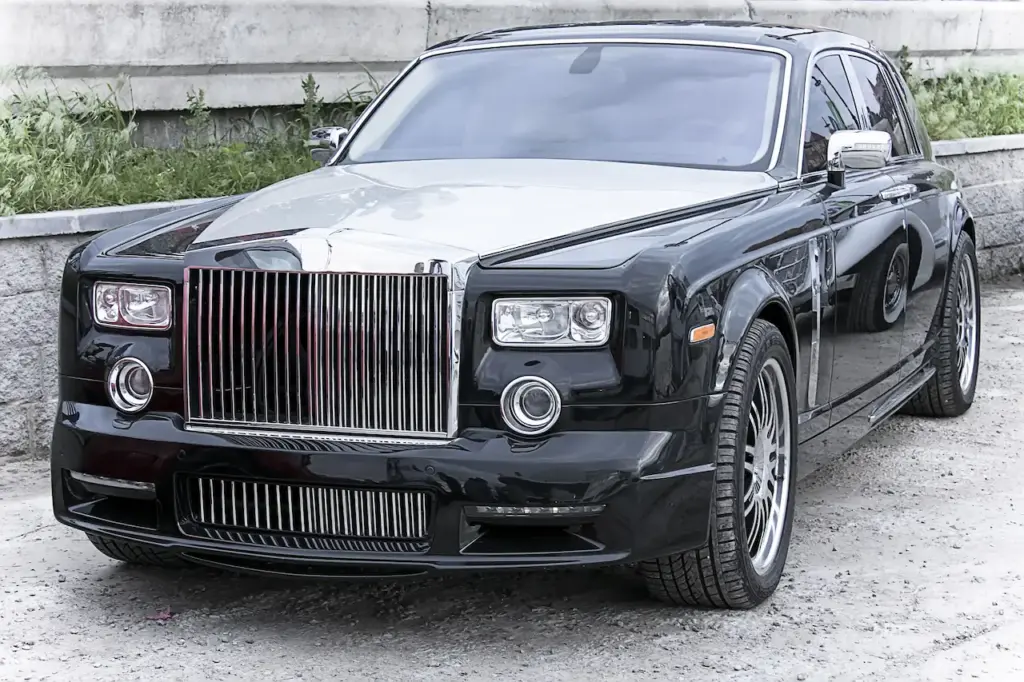
BMW purchased a piece of automotive history in July 1998. After long negotiations, Rolls-Royce plc grants the company the rights to the Rolls-Royce brand and name. Rolls-Royce was owned by Volkswagen exclusively until the end of 2002 when BMW took over all rights and responsibilities for Rolls-Royce Motor Cars. In southern England, a new Rolls-Royce factory and company headquarters are built at Goodwood. The sixth Rolls-Royce plant built since 1904 will begin production of new models in 2003.
BMW X5 in 1999
The Detroit Auto Show, which took place on 10 January 1999 for the first ever time in the history of the auto industry, introduced a brand-new concept vehicle to the world. The BMW X5 was a unique combination of BMW’s trademark dynamics, sporting abilities, and all-wheel drive off-road capabilities. It created a new market segment.
The Mini in 2001
BMW Group launched the new MINI in 2001, after first launching it as a concept vehicle in 1997. It was the first premium car in the small car segment. The MINI’s sporty, athletic design and cheeky personality reflected the lifestyle of a whole generation. MINI Hatch, the first model in 2001, was followed by many other variants.
THE BMW i3 is LAUNCHED in 2013
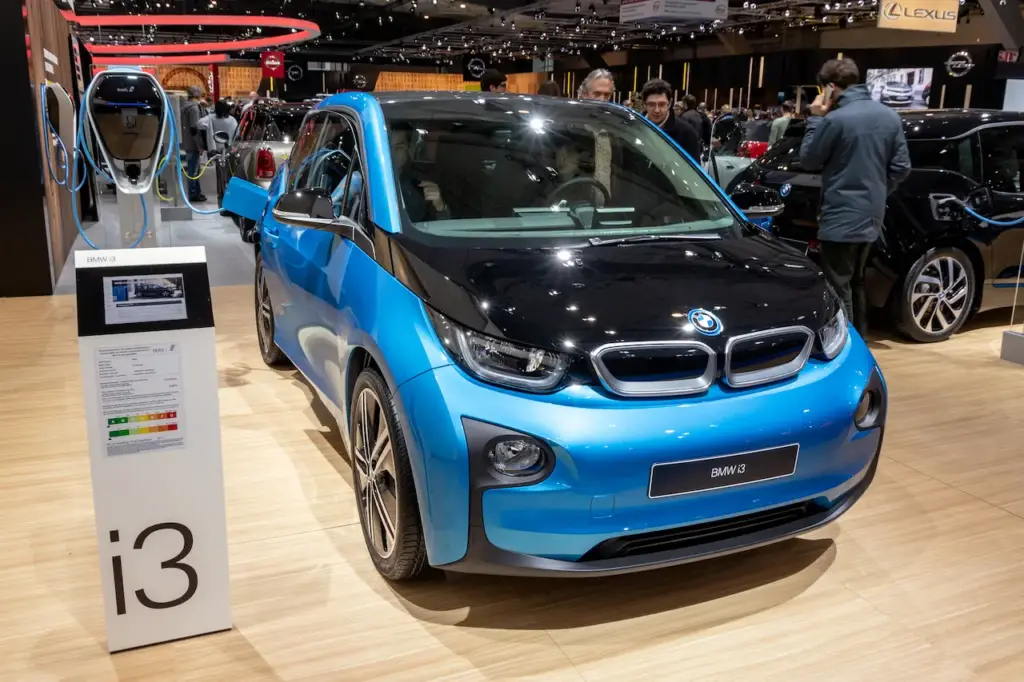
The BMW Group has entered a new age of electric mobility. The BMW i3 is the first BMW Group model to be produced entirely in electric mode. This vehicle is powered by an electric motor, and therefore completely emission-free. It offers a new driving experience with its agility and pure fun. Sustainability has never been more electrifying.
2015 BMW G310 R
BMW Motorrad has a new segment of cubic capacity with the release of the BMW G 310 R: the BMW Roadster below 500 ccm. It is characterized by its four-stroke single-cylinder engine, its lightweight, and its dynamic – this is the essence of a BMW Roadster. The BMW G 310 R was designed specifically for the global market. It is a new design that can tolerate different fuel types and meets all emission standards. The BMW G 310 R’s low fuel consumption, combined with its comfortable seat position and relaxed driving position, allows drivers to enjoy longer trips.
BMW iX3 Launched in 2020
BMW will introduce the BMW iX3 in 2020. It is the first electric model from the X-Series and a vehicle that has surpassed all other electric cars for its sustainability along the entire value chain. The BMW iX3 has a 30 % higher power output than previous BMW electric vehicles. This is thanks to the newly developed BMW eDrive engine. Comfortable premium interiors and new digital services complete the locally emission-free driving experiences.
BMW iX Launched in 2021
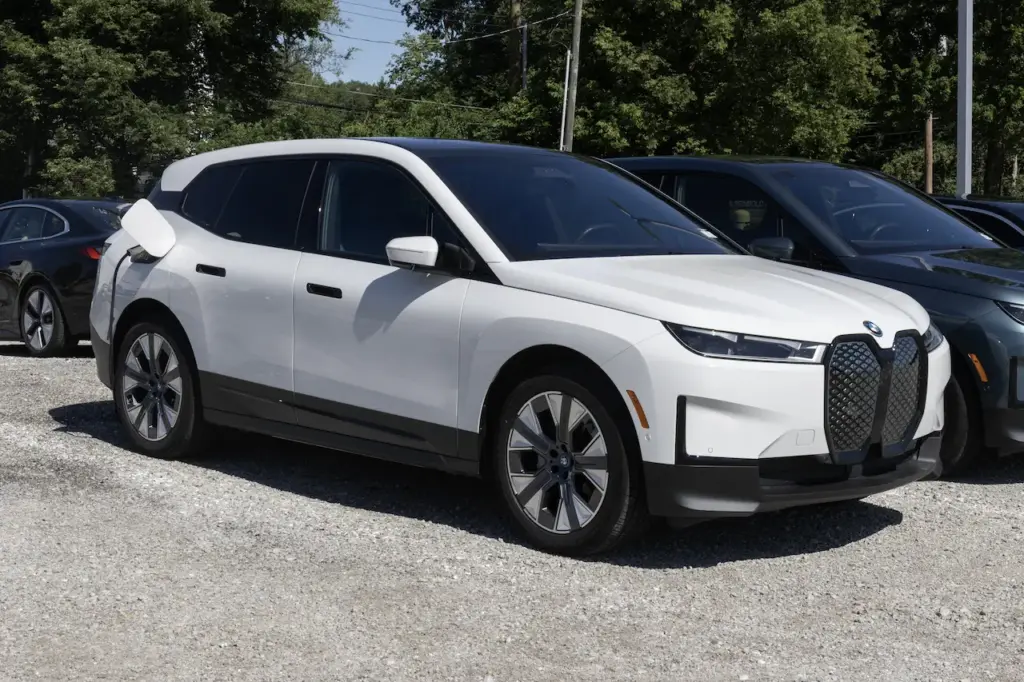
BMW iX is the next step in this transformation. The new flagship technology of the BMW Group combines local emission-free driving with a convincing range. The BMW iX offers huge potential for innovation, especially in the fields of autonomous driving, operation and connectivity.


